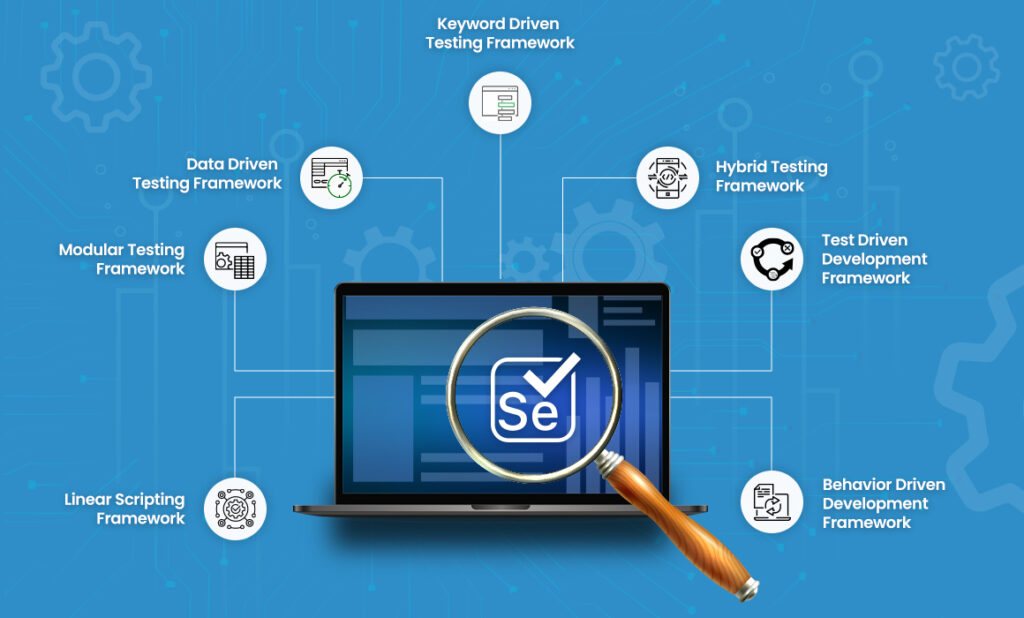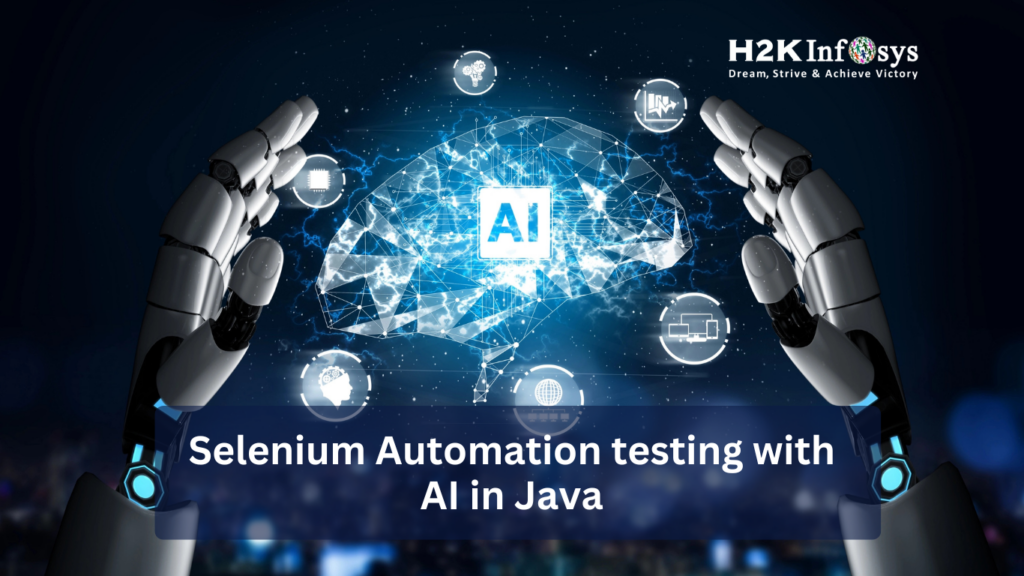Introduction:
Data science and data-driven decision making have captured the world’s attention, and people who work in the field have fulfilling careers. Intelligent coding methods assist us in fully comprehending the firm from top to bottom. Where formerly there was some raw data, there is now mention of complex data. The world operates on data, whether it be a large or small business, and you need data to make any firm survive in the modern environment.If you’re new to programming or want to advance your skills, Using Python for Data driven decision making offers an excellent starting point. With its beginner-friendly syntax and vast ecosystem of libraries and tools, Python is ideal for anyone looking to enter the world of data analysis and decision-making.
Data analysis is intimidating, yet the more you learn about it, the more valuable the business insights become. You can learn Data Analysis with Python by enrolling in a good Python training program available online. So let’s explore some of the top Python uses for data-driven decision making in more detail.
Why Python for Data Driven Decision Making?
Python is an open-source, versatile programming language that has become the go-to tool for data scientists, analysts, and business professionals. Here’s why Python is ideal for Data driven decision making
Ease of Learning and Use
Python’s syntax is straightforward and user-friendly, making it accessible to beginners. Unlike other programming languages that might have steep learning curves, Python allows you to focus on solving problems rather than struggling with complex syntax. This makes it perfect for those looking to quickly acquire data analysis skills.
Wide Range of Libraries
Python offers a wide variety of libraries that simplify the process of data analysis. Libraries such as Pandas, NumPy, and Matplotlib provide powerful tools for manipulating, analyzing, and visualizing data. Whether you’re working with large datasets or performing statistical analysis, Python’s libraries can handle it all.
Integration with Other Tools
Python integrates seamlessly with other data analysis tools like SQL databases, Excel, and even big data platforms like Hadoop and Spark. This makes it easy to collect, clean, and analyze data from multiple sources, ensuring that the insights you generate are comprehensive and actionable.
Strong Community and Resources
Python has a large, supportive community of developers and data professionals. Whether you’re a beginner or an expert, you can find a wealth of resources, from tutorials and forums to online courses and documentation. This makes Python an ideal language for learning and professional development.
Real-World Examples of Python in Data Driven Decision Making
Let’s look at some real-world applications where Python has proven invaluable for Data driven decision making.
Retail Industry
Retailers use Python to analyze customer purchasing behavior. By collecting data from point-of-sale systems, online transactions, and customer reviews, Python can help businesses identify buying patterns, predict trends, and optimize inventory. For instance, a retail company might use Python to create a recommendation system, suggesting products to customers based on their past purchases and browsing history.Python’s ability to process large datasets and implement machine learning algorithms makes it an invaluable tool for retailers seeking to optimize their operations.
Healthcare
In healthcare, Python is used to analyze patient data, predict disease outbreaks, and improve treatment plans. By analyzing historical medical records and real-time data from wearable devices, healthcare professionals can make more accurate predictions about patient outcomes, helping doctors make timely interventions.One of its key applications is in the analysis of vast amounts of patient data, including electronic health records (EHR), lab results, and medical imaging.This real-time data can guide doctors in making timely decisions, adjusting treatment plans accordingly, and ensuring better overall patient care. Python’s versatility in handling data from multiple sources ensures that healthcare professionals can make data-driven decisions that enhance the quality and effectiveness of patient care.
Finance
Python is widely used in financial institutions to perform quantitative analysis, risk management, and algorithmic trading. Financial analysts rely on Python’s powerful libraries to build models that can predict stock prices, detect fraud, and optimize investment portfolios.Python’s flexibility, scalability, and the vast array of specialized libraries have made it indispensable in the modern financial landscape, driving more efficient financial models, better risk management, and automated trading systems.
Marketing
Python is also heavily used in digital marketing to analyze campaign performance and customer engagement. By analyzing data from social media platforms, websites, and email campaigns, businesses can determine which strategies are working and which need adjustment.By leveraging Python libraries like Pandas and NumPy, businesses can track metrics such as engagement rates, click-through rates, conversion rates, and customer behaviors. These insights help marketers understand which strategies are resonating with their target audience and which areas require improvement.
Key Python Libraries for Data Driven Decision Making
To harness the full potential of Python for data analysis, it’s important to be familiar with several key libraries:
Seaborn
Seaborn is built on top of Matplotlib and offers more advanced and visually appealing statistical graphics. It’s ideal for exploring relationships between variables and generating high-quality visualizations.
Pandas
Pandas is the go-to library for data manipulation and analysis. It provides powerful data structures like DataFrames that allow you to easily handle large datasets, clean data, and perform various operations, such as merging, filtering, and reshaping data.
NumPy
NumPy is essential for numerical computations. It provides support for multi-dimensional arrays and matrices, along with a collection of mathematical functions to operate on these arrays. It’s particularly useful for handling large datasets and performing statistical analyses.
Matplotlib
Matplotlib is a plotting library that allows you to visualize your data. Whether you need simple line charts, bar graphs, or more complex visualizations, Matplotlib offers a wide range of plotting options to help you present your findings clearly and effectively.
Scikit-Learn
For machine learning and predictive analytics, Scikit-Learn is a must-have library. It offers a wide range of algorithms for classification, regression, clustering, and more, enabling you to build predictive models that can guide decision-making.
How Python Coding Training Helps in Data Driven Decision Making
Learning Python through a specialized Python beginners course is the first step toward making data-driven decisions. These courses cover the basics of Python programming and introduce you to the essential libraries and tools used in data analysis. Here’s how enrolling in courses on Python can benefit you:
Hands-On Practice
Python coding training programs offer plenty of hands-on exercises and projects that help you apply your learning to real-world problems. By solving actual data problems, you’ll build the skills necessary to analyze data and make decisions based on your findings.
Comprehensive Learning
A structured Python beginners course provides a step-by-step guide, starting with the fundamentals and gradually advancing to more complex topics. This allows you to learn at your own pace and gain a solid understanding of Python’s capabilities.
Industry-Relevant Skills
Many courses focus on Python for data science, which is highly relevant in industries like finance, marketing, healthcare, and retail. By learning Python, you’ll acquire skills that are in demand across multiple industries, helping you advance in your career.
Access to Expert Instructors
Through Python coding training, you’ll have access to instructors with real-world experience who can guide you through challenges and provide expert insights. This mentorship ensures that you gain a deeper understanding of Python and its applications in decision-making.
Step-by-Step Guide: Getting Started with Python for Data Driven Decision Making
Let’s walk through a simple example of how Python can be used for Data driven decision making. We’ll use a small dataset and apply some basic analysis techniques to illustrate how Python can provide actionable insights.
Step 1: Install Python and Libraries
First, you’ll need to install Python and the necessary libraries. You can download Python from the official website and install libraries using the following commands:
pip install pandas numpy matplotlibStep 2: Import Libraries and Load Data
Let’s import the necessary libraries and load a dataset. For this example, we’ll use a CSV file containing sales data.
import pandas as pd
import numpy as np
import matplotlib.pyplot as plt
# Load dataset
data = pd.read_csv('sales_data.csv')
Step 3: Data Cleaning and Analysis
Next, we’ll clean the data and perform some basic analysis. For instance, we’ll check for missing values and calculate summary statistics.
# Check for missing values
data.isnull().sum()
# Summary statistics
data.describe()Step 4: Data Visualization
Visualize the data to understand trends and patterns. For example, we can plot a bar chart of sales by product category.
# Plot sales by category
category_sales = data.groupby('Category')['Sales'].sum()
category_sales.plot(kind='bar')
plt.title('Sales by Product Category')
plt.xlabel('Category')
plt.ylabel('Total Sales')
plt.show()Step 5: Data Driven Decision Making
Based on the analysis, you might identify a category with declining sales. This insight could lead to a decision to adjust marketing strategies or improve product offerings in that category.
Conclusion
The most used programming language worldwide is Python. It was equipped with a vast array of cutting-edge libraries and features that enabled easy integration and supported contemporary technology. As a beginner, you can begin the journey of Data driven decision making by registering for a good Online Python certification course.
Key Takeaways:
- Python is ideal for data driven decision making due to its ease of use, powerful libraries, and flexibility.
- Key libraries like Pandas, NumPy, and Matplotlib are essential for data analysis and visualization.
- Python coding training offers hands-on practice and industry-relevant skills, making it a valuable investment in your career.
- Enroll in H2K Infosys Python courses to gain practical skills and enhance your decision-making abilities with data.
Call to Action: Ready to take your career to the next level? Enroll in H2K Infosys Python courses today and start learning how to make data driven decisions that matter!






























